Looking for a comforting and easy meal? This White Miso Soup with Shrimp in Ukrainian style is packed with protein, fish, and fresh vegetables.
It’s a delicious and healthy option that’s ready in under 30 minutes. Perfect for busy weeknights or cozy weekends! Get your miso paste ready, and enjoy a warm and flavorful soup!
Whether you’re making it for yourself or sharing it with others, this dish is sure to become a favorite. Perfect for any occasion, it’s a meal that’s both quick and delightful!
Directions
0/0 steps made- Peel and slice the potatoes and onion, then add them to a pot.
- Add the cubed salmon and shrimp, then sauté them in oil for 10 minutes.
- Add the water and bring the mixture to a boil.
- In a separate pot, boil the eggs, cool them down, and peel them.
- Rinse the green onions and slice them diagonally for a beautiful garnish.
- Add the miso base or ingredients to the pot with the soup, stirring well.
- Let the miso soup simmer for 10 minutes, then add your choice of miso paste or spaghetti.
- Cook for another 10 minutes, allowing the flavors to meld.
- Season with soy sauce, stir it well, and remove the pot from the heat.
- Ladle the soup into deep bowls, sprinkle with the sliced green onions, and add half a boiled egg to each serving.
Now, you’ve got a warm, comforting bowl of White Miso Soup with Shrimp that’ll delight your senses. This shrimp recipe is perfect for a cozy night in or a delicious addition to your next Japanese-inspired meal.
Cooking Time
- Total Time: 40 minutes
- Prep Time: 15 minutes
- Cooking Time: 25 minutes
So, in just 40 minutes, you’ll have a delicious, authentic White Miso Soup with Shrimp ready to enjoy!
The prep work is minimal, and most of the time is spent doing hands-off simmering to allow the flavors to meld perfectly.
What is Miso Soup?
Miso soup is a traditional Japanese dish made from a base of dashi and miso paste. Dashi is a light broth usually made by simmering kombu (dried kelp) and katsuobushi (dried bonito flakes), which creates a rich umami flavor.
Miso paste is a fermented blend of soybeans, salt, and koji. It comes in several types, such as white (shiro), yellow, and red (aka), with white miso being the mildest and most commonly used in soups.
Typical additions to miso soup include tofu, seaweed, mushrooms, vegetables, and seafood like shrimp. These ingredients complement the savory depth of the broth.
The essence of miso soup lies in the balance between the umami-rich dashi and the tangy complexity of fermented miso, making it a staple of Japanese cuisine.
Miso vs Ramen
Although both dishes come from Japan, miso soup and ramen serve different culinary roles. The first is light and traditional, often served as a side. In contrast, ramen is hearty and typically enjoyed as a main course.
A classic bowl of miso soup is made with dashi broth, enriched with kombu and katsuobushi. Common additions include tofu, seaweed, or seasonal vegetables, giving it a clean, comforting flavor.
Ramen, on the other hand, is built on a more complex base. The broth can be pork-based, soy-infused, or miso-flavored, and it’s paired with wheat noodles. Toppings range from soft-boiled eggs to sliced pork and bamboo shoots.
While miso may appear in both, the overall experience differs greatly—one is subtle and warming, the other bold and filling.
What is Miso Soup Base?
The base of miso soup includes two essential elements.
Dashi (だし). A savory Japanese stock made from kombu (dried kelp), often combined with bonito flakes, dried sardines, or shiitake mushrooms. Kombu delivers rich umami, while katsuobushi adds a smoky depth. Other ingredients bring subtle flavor shifts.
Miso (味噌). This fermented soybean paste is blended with salt and koji. It varies in color and taste depending on ingredients and fermentation time. White miso is the mildest and most popular for soups, followed by yellow and red varieties.
Benefits of White Miso Soup with Shrimp
The combination of miso paste, seafood (shrimp and salmon), and vegetables (potatoes and onions) creates a complex and satisfying flavor profile.
Miso soup is traditionally a warm and comforting dish, perfect for a cold day or when you’re feeling under the weather.
This recipe packs several essential nutrients. Shrimp and salmon are excellent sources of protein and omega-3 fatty acids, which are beneficial for heart health. Vegetables like potatoes and onions add vitamins and fiber.
Despite its rich flavors, this recipe requires minimal prep work and comes together in under 30 minutes.
You can easily adjust this recipe to your preferences. Don’t have salmon? You can omit it or use another type of fish. Don’t like shrimp? You can leave them out or replace them with another type of seafood.
Risks of White Miso Soup with Shrimp Recipe
Shrimp and salmon are common allergens. If you or someone you’re cooking for has a shellfish or fish allergy, avoid this recipe or use a safe substitute.
Miso paste and soy sauce are both high in sodium. If you have concerns about your sodium intake, you may want to use less miso paste or a low-sodium soy sauce.
For young children, whole shrimp or large pieces of potato could be a choking hazard. Consider chopping them into smaller pieces.
While salmon is a good source of omega-3 fatty acids, some larger fish can contain higher levels of mercury. If you are pregnant or breastfeeding, be mindful of mercury intake and consult a doctor for advice on fish consumption.
Tips for White Miso Soup with Shrimp Recipe
For an even richer taste, consider using homemade dashi instead of a store-bought miso soup base. You can find recipes for simple kombu dashi online.
Don’t have shrimp or salmon? This recipe is versatile! Substitute with other seafood like scallops, mussels, or flaky white fish.
While the recipe suggests spaghetti, consider using traditional Japanese noodles like udon or soba noodles for a more authentic touch.
Feel free to add other vegetables for more variety and nutrients. Broccoli, carrots, or mushrooms would all be delicious additions.
Different miso pastes offer varying flavor profiles. White miso is mild, but you can experiment with yellow miso for a deeper flavor or red miso for a stronger punch (adjust the amount accordingly).
Video by Just One Cookbook
Kombu dashi or nori?
Kombu dashi. This is the traditional base for miso soup. It provides a strong umami flavor profile that complements the miso paste perfectly. Kombu (kelp) is simmered in water to release its glutamates, creating a savory and complex broth.
Nori. While nori is seaweed, too, it has a much more delicate flavor compared to kombu. It’s better suited for garnishing or wrapping sushi due to its subtle taste and crispy texture. Using nori wouldn’t provide the robust base needed for miso soup.
Miso Ingredients Near Me
Miso paste and dashi are commonly found at most grocery stores across the USA, often alongside ingredients like shrimp, salmon, and green onions.
In the UK, you can find miso paste and dashi at larger supermarkets or Asian grocery stores, with many common ingredients available in most supermarkets.
For those in the EU, Asian grocery stores are the go-to for miso paste and dashi, while major supermarkets carry ingredients like shrimp and soy sauce.
Supermarkets in Australia typically stock miso paste in the Asian or health food sections, but you’ll find a wider variety at Asian grocery stores.
Canada offers miso paste and dashi in large grocery stores, with other essential ingredients like shrimp and soy sauce easily available.
Japanese supermarkets and specialty stores offer miso paste and dashi as staples, along with all the fresh ingredients you’ll need for a traditional miso soup.

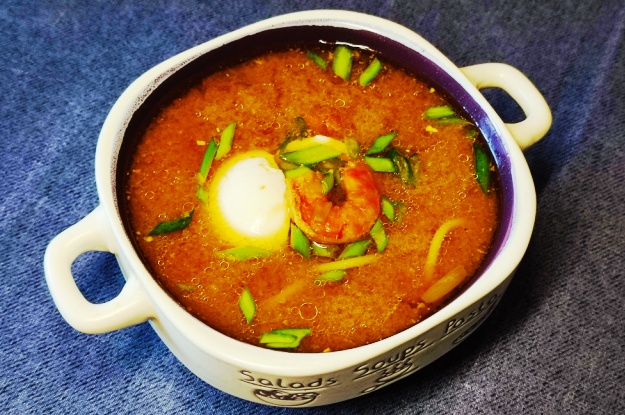
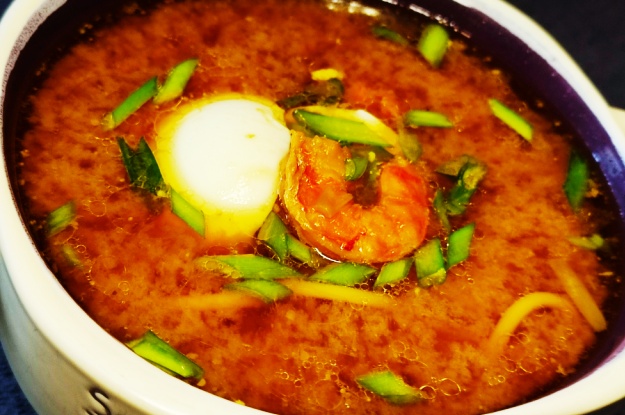
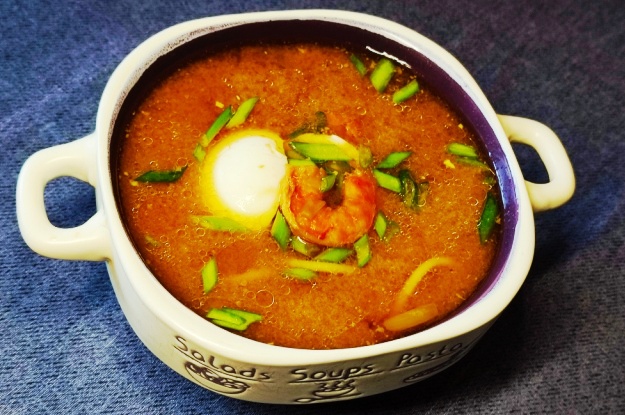
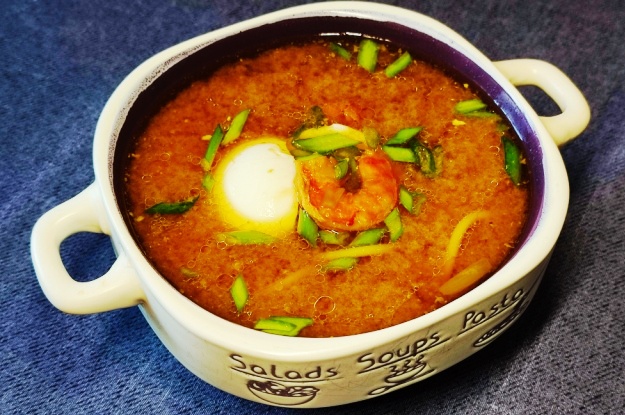
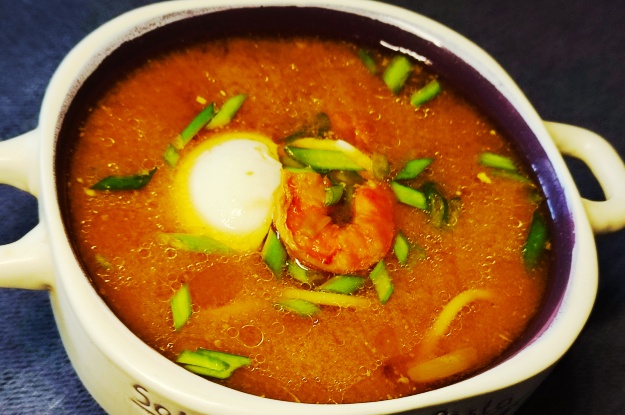

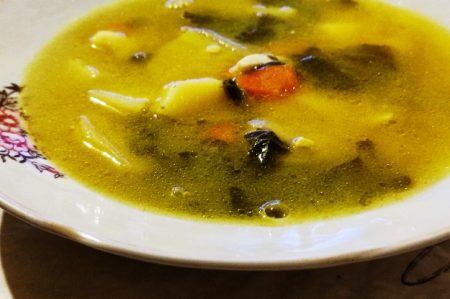


Recent comments